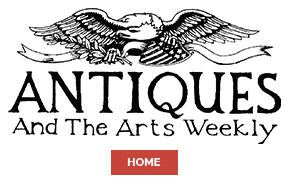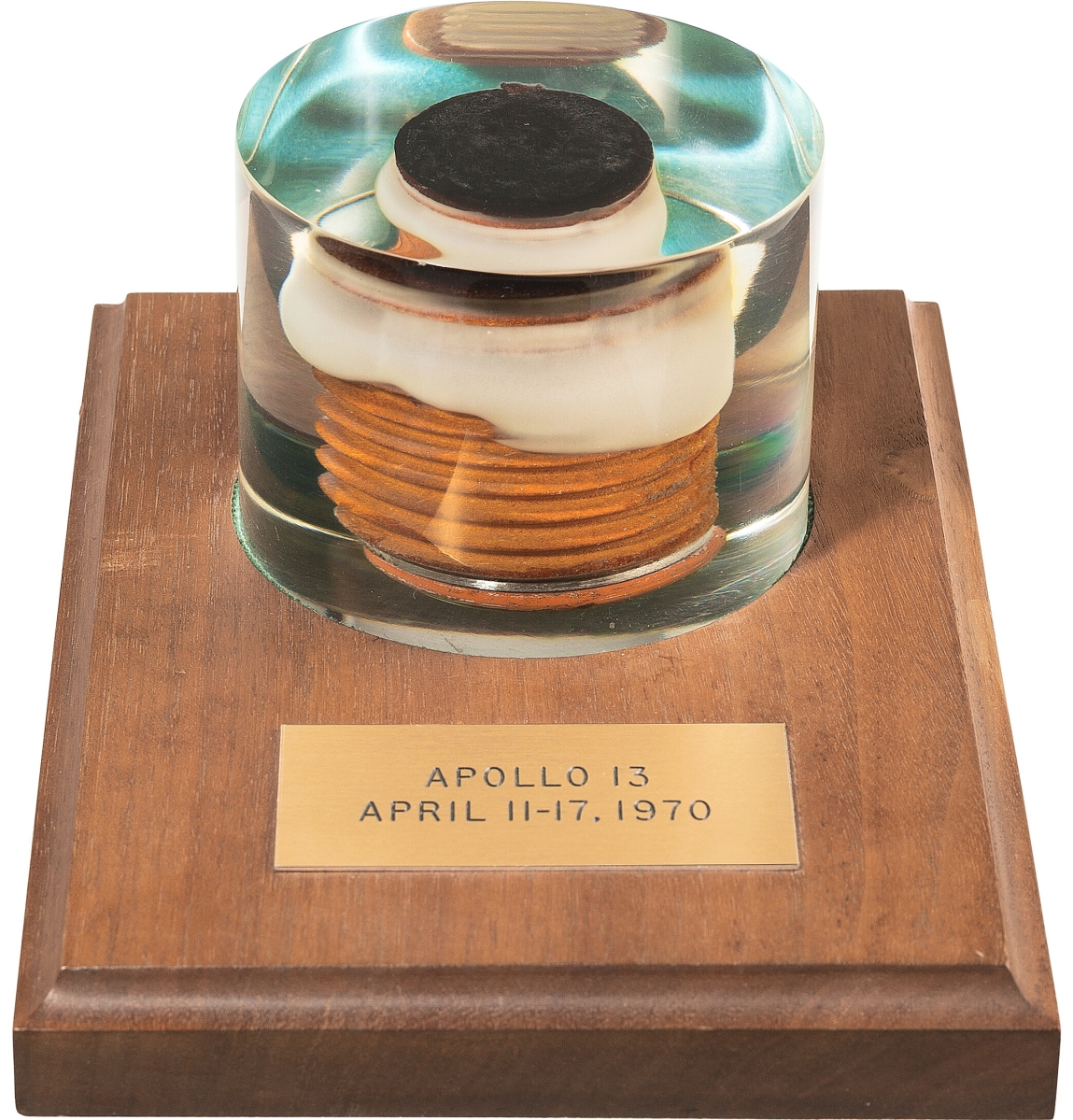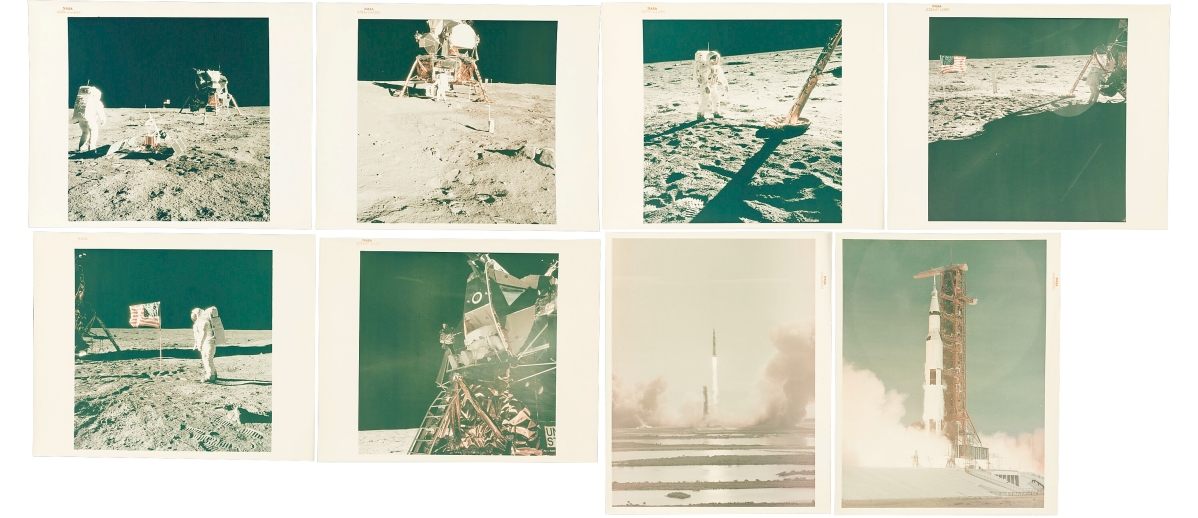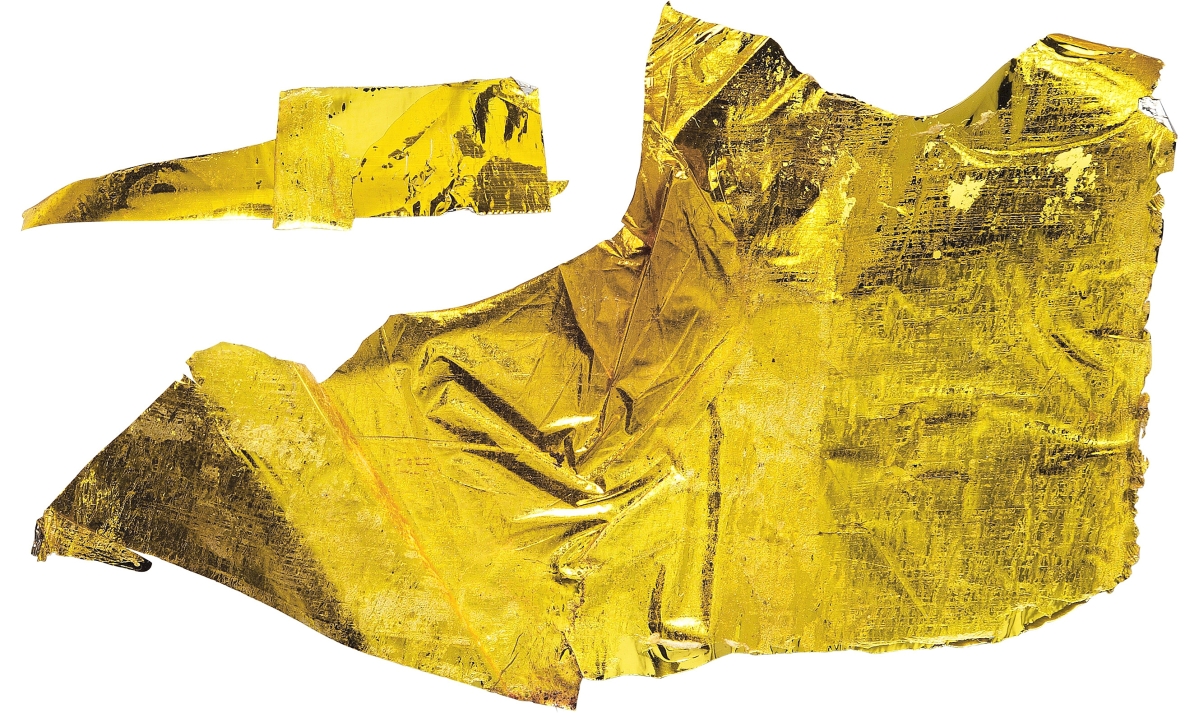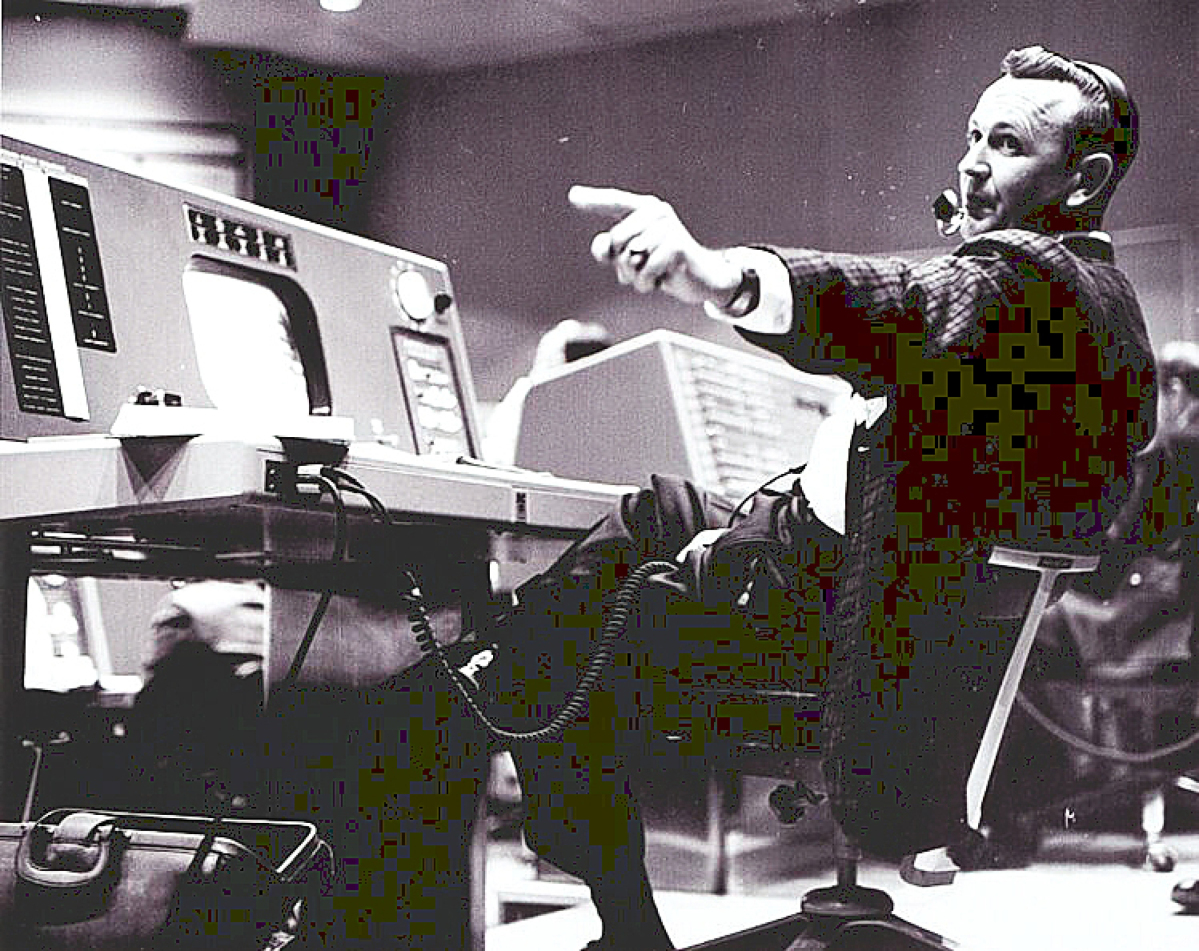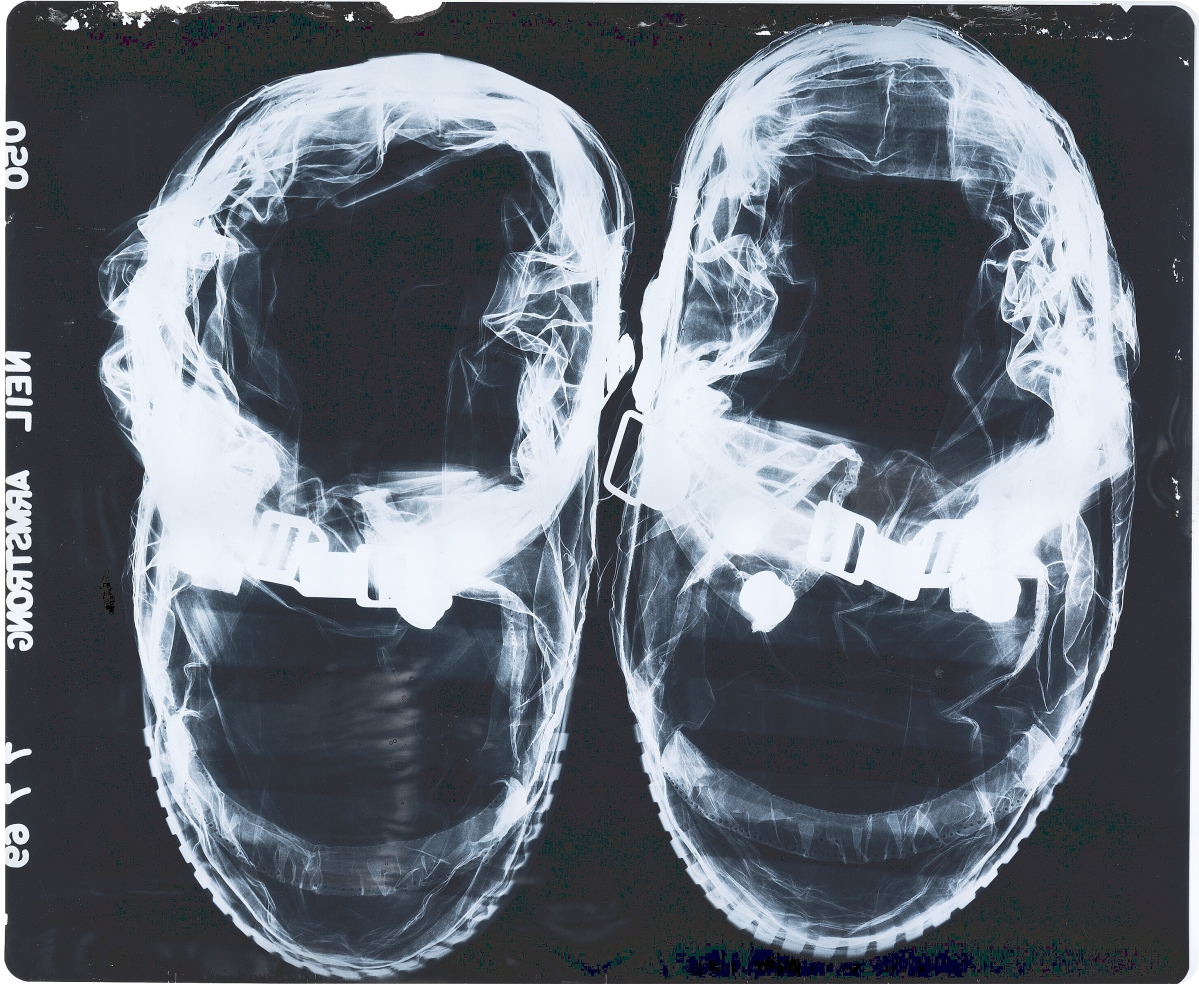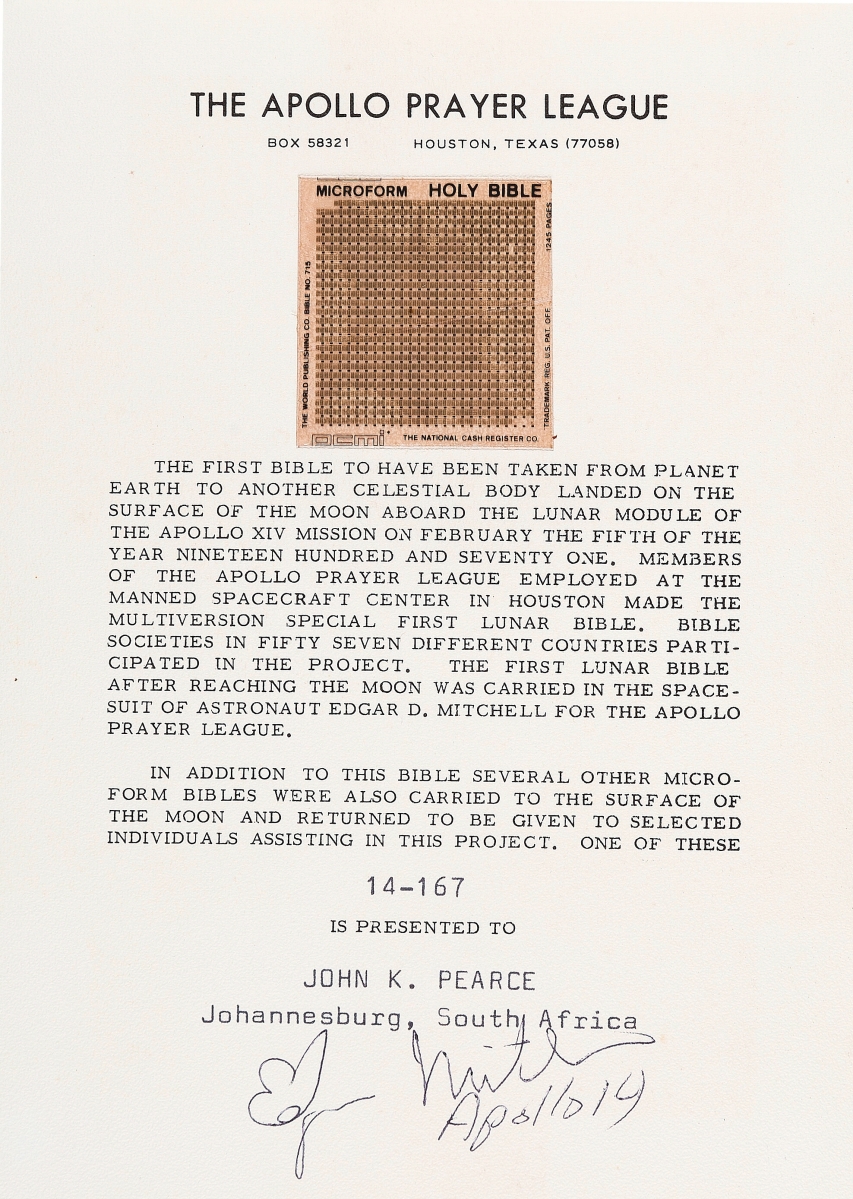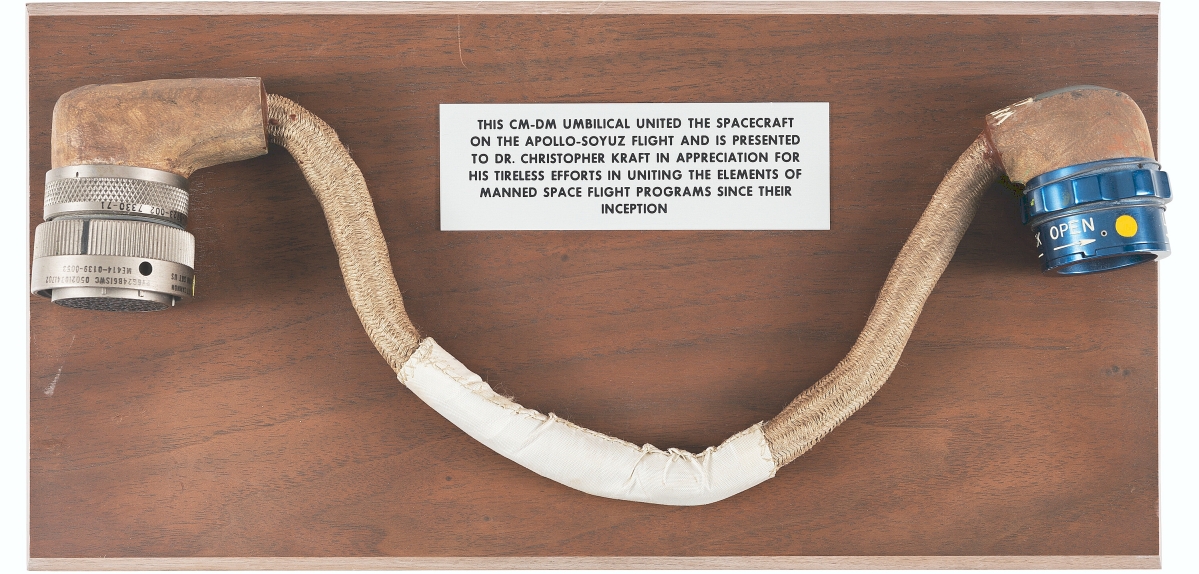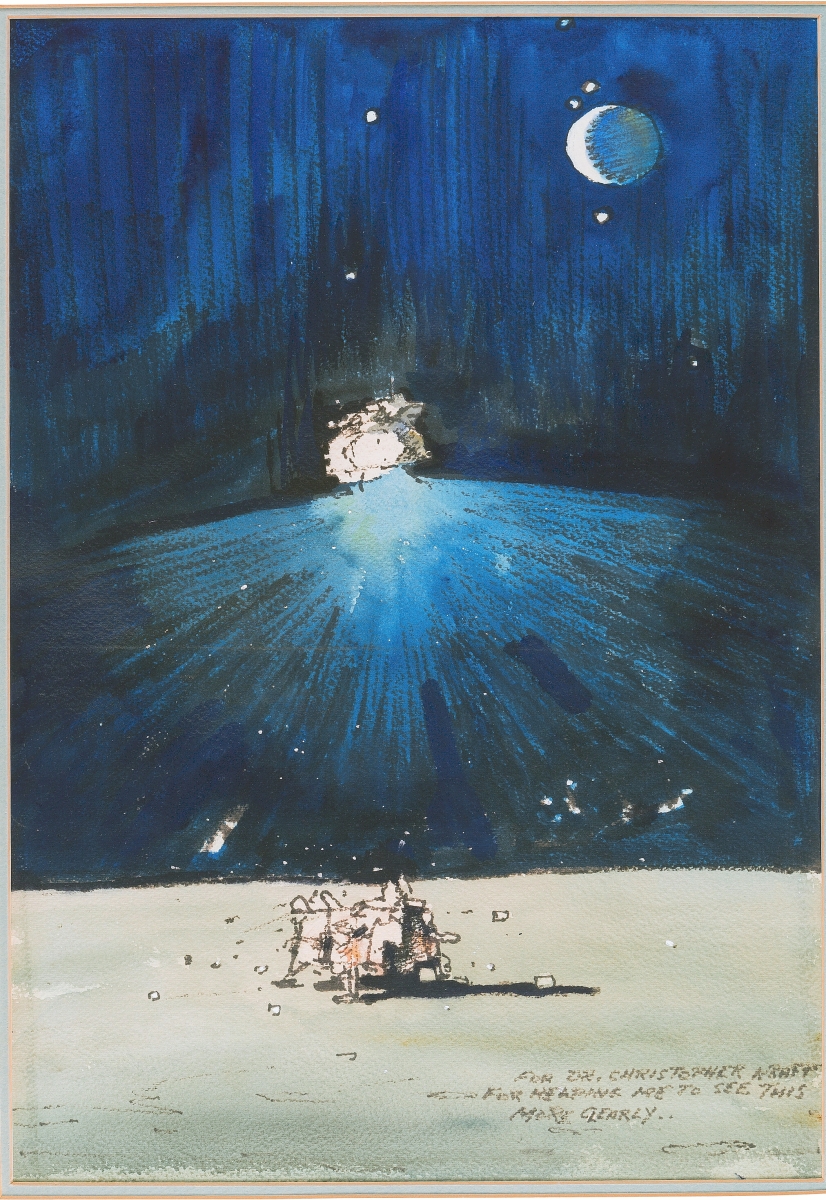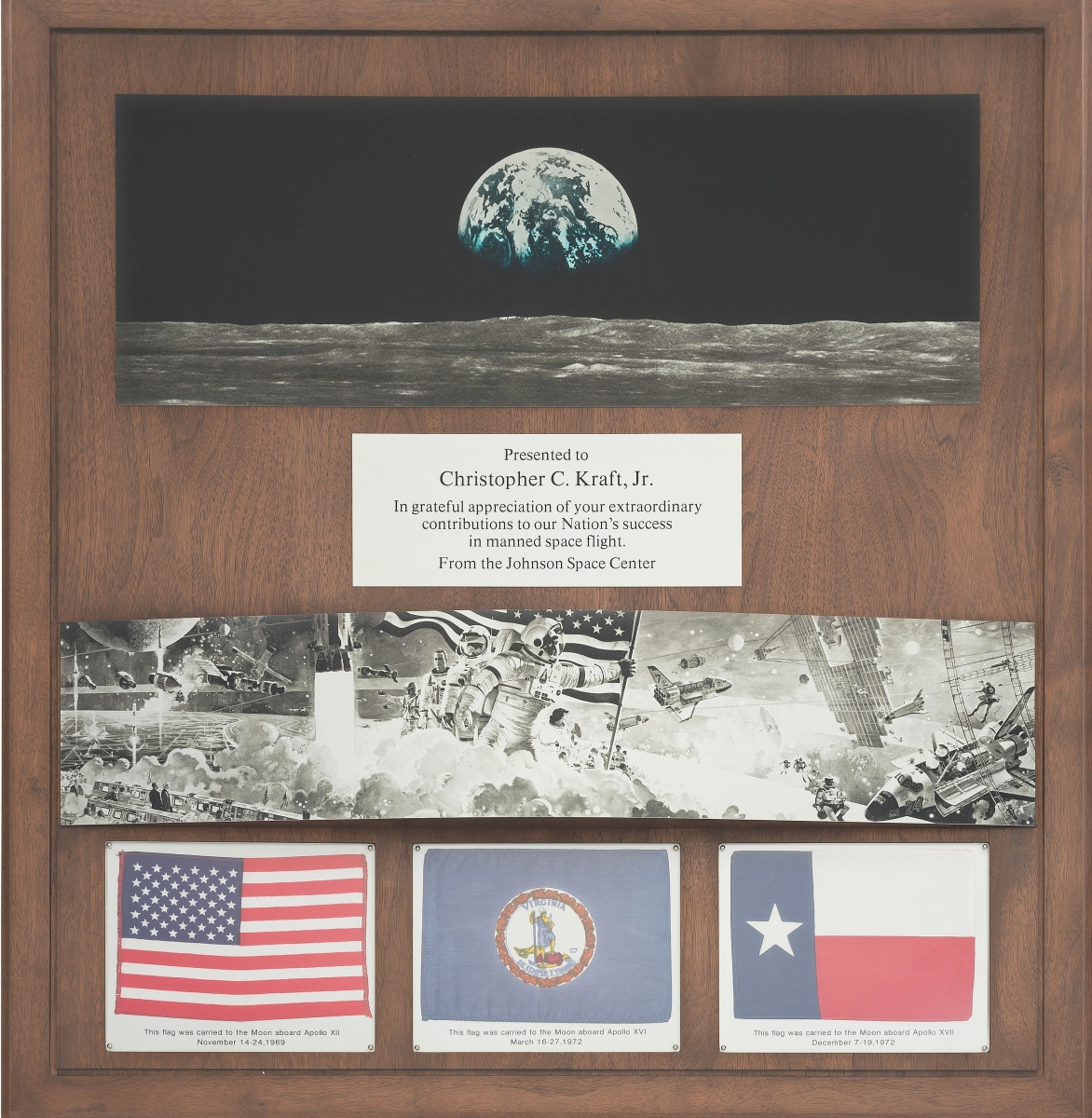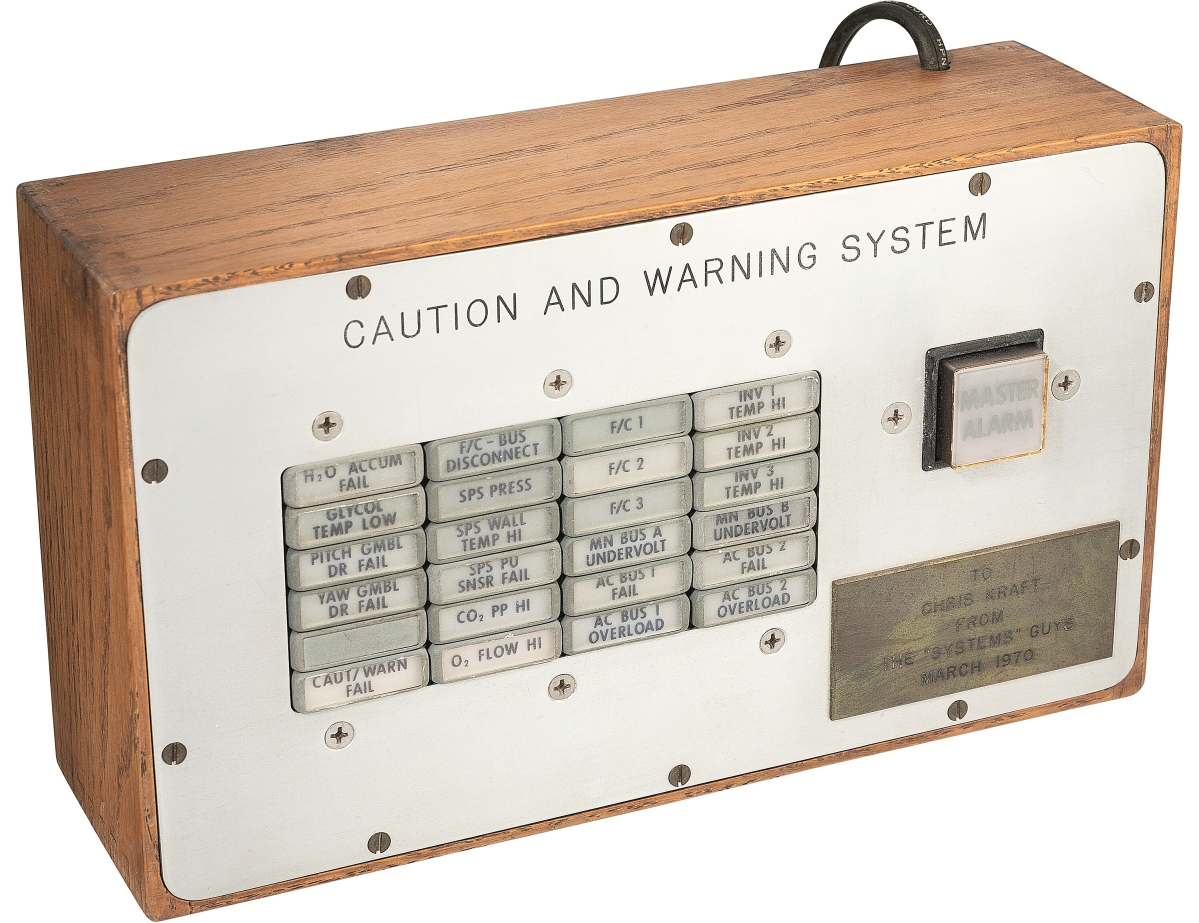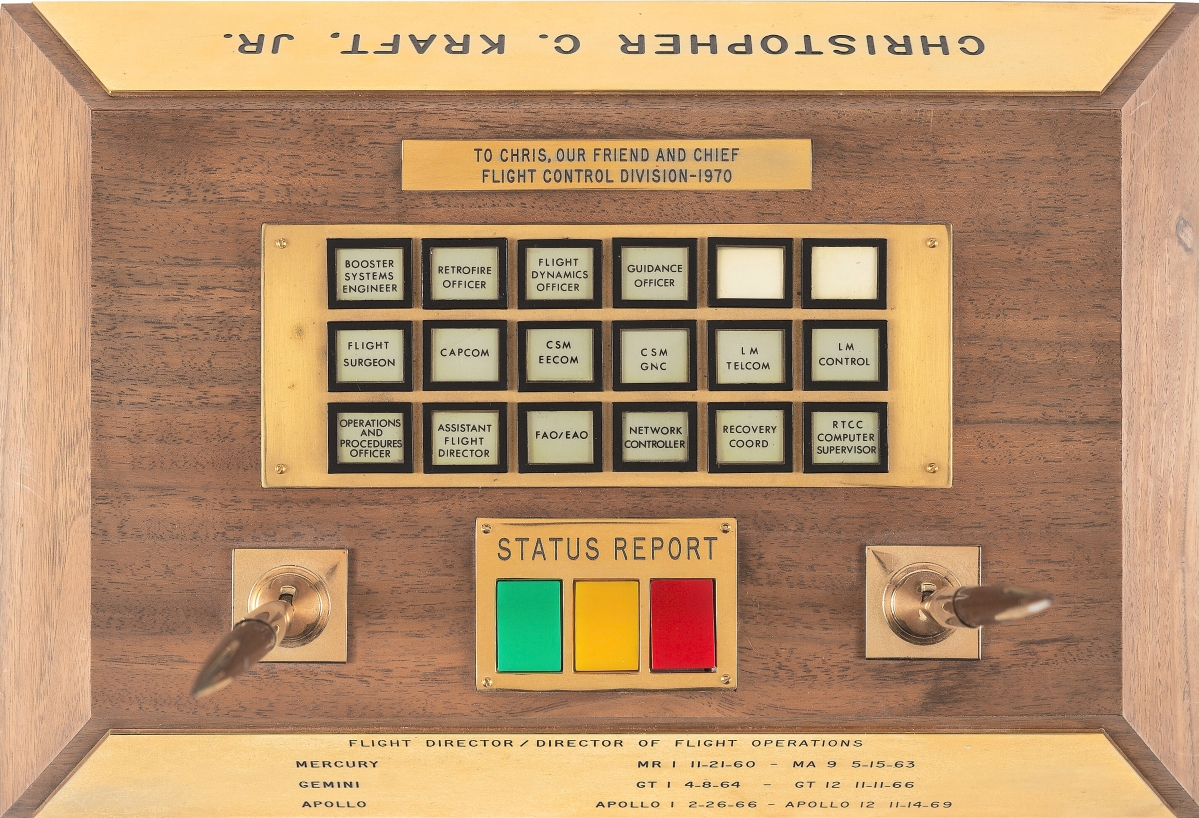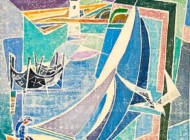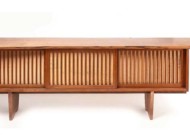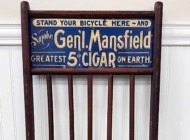
“We cannot find another embroidered Apollo 11 patch that flew on the mission,” sale director Michael Riley said. “There were beta cloth patches that flew, but this is the only embroidered Mission Insignia patch that’s turned up. It flew to the surface of the moon in the Lunar Module Eagle. That was such a landmark mission and Kraft had so much to do with it. It was one of the last missions before he retired from being flight director.” At $137,500, interest was strong in this embroidered Mission Insignia patch from the collection of Chris Kraft. It came with a Lunar Module-flown American flag.
Review by Greg Smith, Photos Courtesy Heritage Auctions
DALLAS – Of the 910 lots on offer in Heritage Auctions’ biannual May 22 Space Exploration Signature Auction, 108 of them were from the estate of NASA legend Chris Kraft.
“He was respected and loved by everyone,” said Michael Riley, director of the Space Exploration department at the auction house. “We had no idea how much respect the mementos would get, but they did fabulous.”
Kraft, who died in 2019, began his career in the 1940s at the National Advisory Committee for Aeronautics, the predecessor of NASA. In 1958, he was asked to join the Space Task Group, which would be responsible for putting the first American in space. Kraft was NASA’s first flight director and would oversee major accomplishments, including the United States’ first crewed spaceflight, first crewed orbital flight and first spacewalk.
Paired with any major accomplishment out of NASA is the image of a Mission Control room. Scenes of scientists and engineers thrusting their hands upward – hugging and proud – are just as iconic as the otherworldly accomplishments themselves. So too are the images of disaster, the mouths agape and the tears streaming, like during the Challenger explosion. Chris Kraft created the Mission Control room and was its leading man for its first missions – he was so instrumental in its success that NASA named the Mission Control building after him in 2011. Kraft retired from NASA in 1972, at which point he became director of the Johnson Space Center, a position he held for ten years.
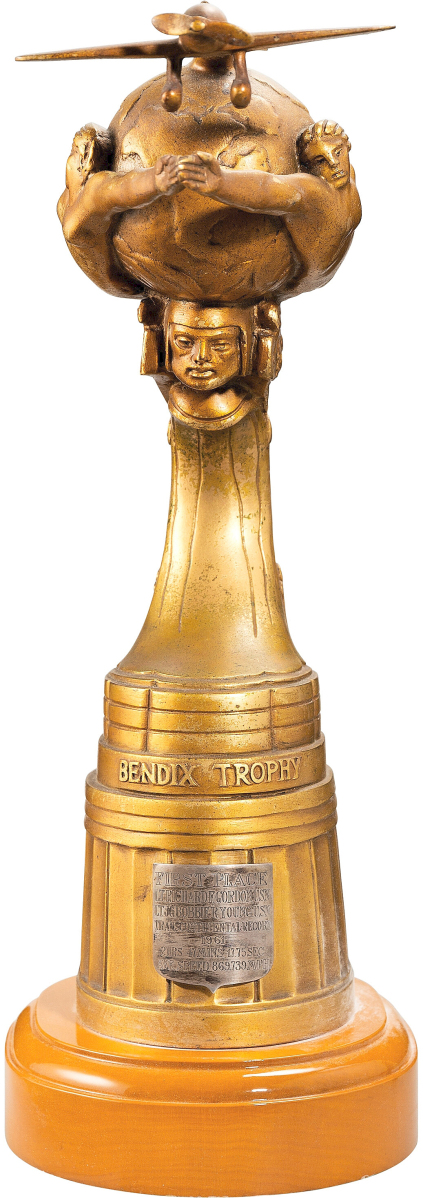
The second highest lot in the sale came in at $68,750 for Apollo 11 & 12 astronaut Richard Gordon’s personal Bendix Trophy that he won in 1961 in an F4H-1 Phantom. The Bendix was a transcontinental aircraft race that ran from 1931 to 1962. Gordon’s trip established a transcontinental record of 2 hours, 47 minutes and 17.75 seconds and a speed record of 869.74 mph.
“There was material that spanned his career, from early to late,” Riley said.
Leading the sale at $137,500 was an Apollo 11 Lunar Module-flown American flag and embroidered Mission Insignia patch that was presented to Kraft “in recognition of his leadership and contributions to the success of the first manned landing on the Moon.” Riley said there were a number of flown flags given out to various VIPs, but the embroidered Apollo 11 patch is possibly unique, he knew of no others. “We cannot find another embroidered Apollo 11 patch that flew on the mission,” Riley said. “There were beta cloth patches that flew, but this is the only embroidered Mission Insignia patch that’s turned up. It flew to the surface of the moon in the Lunar Module Eagle. That was such a landmark mission and Kraft had so much to do with it. It was one of the last missions before he retired from being flight director.”
The patch and flag sold to an American collector.
On the 108 lots, Riley said the team was sent an inventory of objects from Kraft’s family and they were able to pick out the most saleable items. The family donated some things to Kraft’s alma maters as well as to at least one public institution.
Not included in that inventory was a group of eight Apollo 11 “Red Number” NASA color photographs. “My associate pulled them out of a box of files,” Riley said. “They weren’t even in his desk. They were just filed away.” “Red Number” photos are the first prints NASA issued following each mission, considered to be “type 1.” “For years we’ve been selling ‘Red Number’ photos and thinking they were going to get bigger and bigger, and they did this sale,” Riley said. The group, with images of Saturn V before and during launch and six images of Aldrin on the moon, would go on to sell for $37,500.

The third highest lot in the sale was this Silver Snoopy Award signed by 42 astronauts, which sold for $45,000. It was presented to Mr R. Burton on June 12, 1969, who then had it signed afterwards by astronauts from Project Mercury to the modern Shuttle missions.
Then there was Kraft’s personal Western Electric “Bell Systems 52” headset that he used to control the first manned Mercury Missions from 1958 to 1963. Kraft is shown in several images wearing the headset, including on the cover of his autobiography, Flight: My Life in Mission Control. The headset sold for $32,500.
Riley said that heat shield plugs typically always sell well. After the spacecraft’s return to earth, NASA would take a hole saw to the heat shield and distribute the “plugs” as commemorative items to those involved. Riley said that Apollo 11 and Apollo 13 plugs are typically the most popular, and Kraft had both, each showing the black char that occurs when the craft enters the Earth’s atmosphere and starts burning up. The Apollo 13 plug took $35,000, while the Apollo 11 plug sold for $31,250.
Coming in at $32,500 was a presentation plaque Riley had never seen before. Presented to Kraft from the Johnson Space Center, it featured three flown flags from the Apollo 12, 16 and 17 flights. Riley said they believed this was presented to Kraft upon his retirement from the Johnson Space Center in 1982.
“We had never seen anything with flags from different missions,” Riley said. “It was gorgeous how they made it.”
After being selected as one of the Mercury Seven astronauts in 1959, it took 16 years for Deke Slayton to arrive in space. He was grounded from the initial missions due to an irregular heart rhythm, at which point he became NASA’s Chief of the Astronaut Office and Director of Flight Crew Operations. He would eventually fly in 1975 as the docking module pilot with the Apollo-Soyuz Test Project. “He worked everyday with Chris Kraft,” Riley said, “Later on when he was cleared to fly, Kraft was in his corner to get him on the Soyuz squad.” After the mission returned home, Slayton presented Kraft with a flown Silver Robbins Medallion along with a handwritten letter stating, “It was the greatest experience in my life and there is no way I can thank you adequately.” That medal took $12,188.
The sale grossed a total of $1.78 million and all but 16 lots sold at press time. All prices reported include buyer’s premium. Heritage’s next Space Exploration sale will be held November 11-12. For more information www.ha.com or 214-528-3500.
